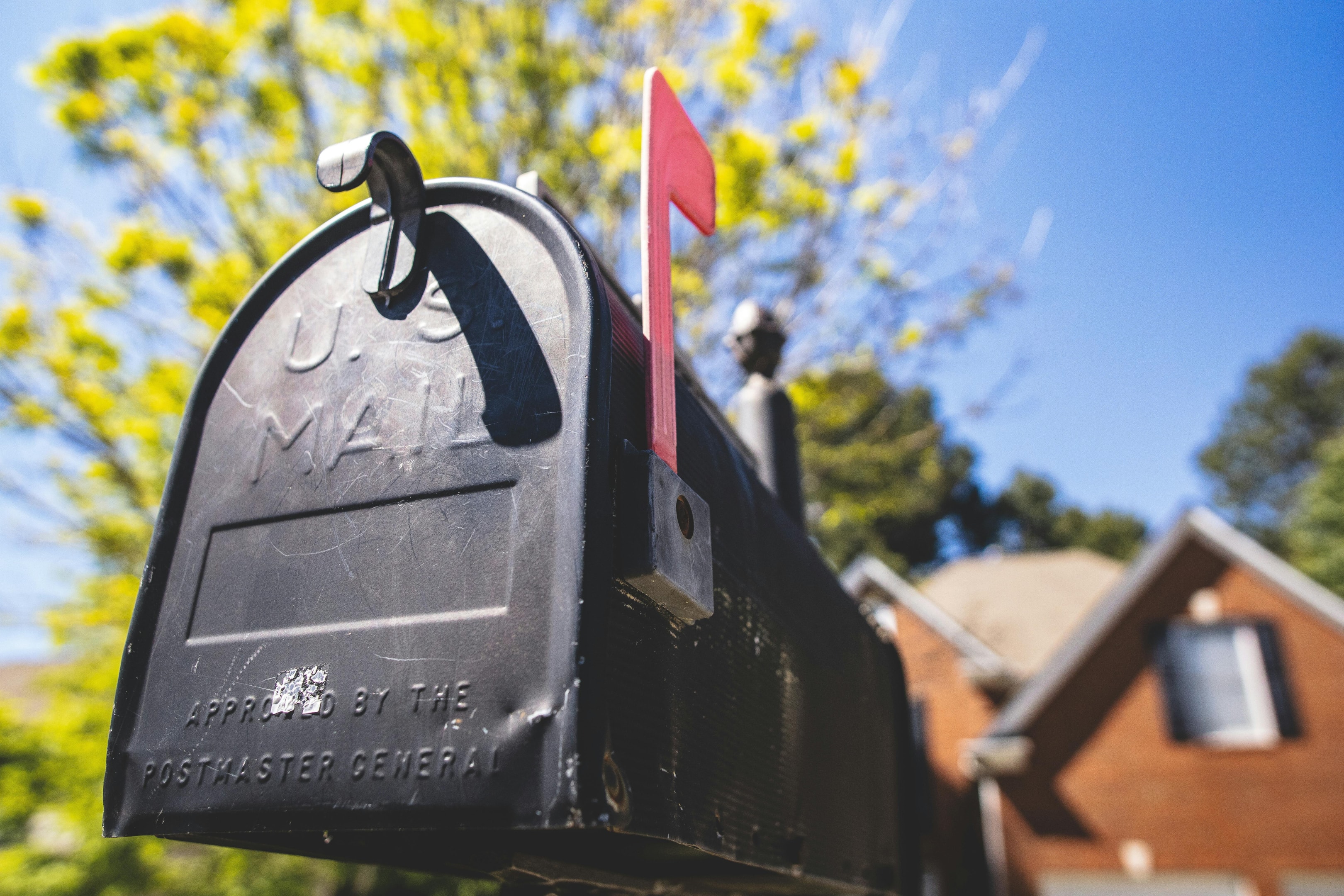Skip Trace Homeowners: The Best Ways to Find Property Owners Fast
Real estate skip tracing is a powerful strategy for real estate investors, wholesalers, and professionals looking to locate property owners. Whether targeting off-market deals, abandoned properties, or motivated sellers, finding accurate owner details is essential. This guide will show the most effective skip tracing methods to get results fast.

What Is Skip Tracing in Real Estate?
Skip tracing is the process of tracking down a person's contact information. In real estate, it helps find homeowners who may be hard to reach. This method is valuable for connecting with absentee owners, foreclosure leads, and probate properties.
Benefits of Using Skip Tracing Services
Skip tracing services offer numerous benefits to real estate investors, making the process of locating property owners more efficient and effective. Here are some key advantages:
Increased Efficiency: Skip tracing services streamline the process of finding property owners by providing accurate and up-to-date contact information. This saves time and effort, allowing real estate investors to focus on closing deals.
Improved Lead Generation: By leveraging skip tracing services, real estate investors can generate high-quality leads. Access to accurate contact details increases the chances of connecting with motivated sellers and securing profitable deals.
Enhanced Data Management: Skip tracing services help manage data more effectively, reducing the risk of errors and inaccuracies. This ensures that real estate investors are working with reliable information, leading to better outcomes.
Better Decision Making: With access to accurate and reliable data, real estate investors can make informed decisions about which properties to pursue. This minimizes risks and maximizes the potential for successful investments.
Competitive Advantage: Utilizing skip tracing services gives real estate investors a competitive edge. By quickly finding and contacting property owners, investors can secure deals faster than their competitors.

Preparing Your Data for Skip Tracing
Before diving into the skip tracing process, it's crucial to prepare your data to ensure the best possible results. Here are some essential steps to follow:
Clean and Organize Your Data: Start by removing any unnecessary information, duplicates, or errors from your data. This ensures that the data you use for skip tracing is accurate and up-to-date.
Verify Property Addresses: Double-check the property addresses in your data to confirm their accuracy. Correct and up-to-date addresses are vital for successful skip tracing.
Identify Property Owners: Make sure you have identified the property owners associated with each property in your data. This step ensures that you are targeting the correct individuals during the skip tracing process.
Remove Incomplete or Inaccurate Records: Eliminate any records that are incomplete or inaccurate. This prevents wasting time and resources on skip tracing efforts that are unlikely to yield useful results.
How to Skip Trace Homeowners Efficiently
1. Search County Tax Records
Most counties offer public tax records that list property owners and mailing addresses. Search by property address or mailing address on the county tax assessor's website.
2. Check Property Deeds and Title Records
The county recorder's office holds deed records that show ownership history. These documents often provide clues about the owner's contact details.
3. Use Skip Tracing Software
Skip tracing tools help uncover phone numbers, email addresses, and past locations. Batch skip tracing allows real estate investors to efficiently locate multiple individuals or property owners at once by uploading a bulk file containing individual information, which is then processed to yield various identifying records, ultimately saving time and resources.
One of the best tools is USLeadList, whose skip tracing service provides accurate, fast and affordable data collection for their clients. Their service is set apart by their unmatched hit rate between 70% and 80%, as well as their extensive data collection, providing contact information the spouse and three additional relatives. To learn more about their reliable skip tracing, check out their webpage here!

4. Search Social Media Accounts
Many homeowners have social media profiles. Searching their name on Facebook, LinkedIn, and Twitter/X may reveal valuable contact details. Real estate agents can use social media for skip tracing to identify homeowners who might be interested in selling their properties before they are officially listed, facilitating quicker transactions.
5. Google the Homeowner's Name and Address
A quick Google search with the owner's name and property address can uncover useful information about the property owner. Try searching their name with keywords like "contact" or "phone number."
6. Use Free People Search Websites
Several free tools provide basic homeowner details:
Spokeo (Limited Free Data)
WhitePages (Basic Lookup)
7. Contact Neighbors or Nearby Businesses
If the property looks vacant, reaching out to nearby homeowners or businesses can be invaluable. Many neighbors are often familiar with the property owner's whereabouts or may have updated contact information. Additionally, local businesses that frequently interact with neighborhood residents might possess insights into the property owner's current status or forwarding address. By fostering a friendly rapport, you may uncover crucial details that aid in your skip tracing efforts, ultimately helping you connect with absentee homeowners or property owners who have moved. This approach not only enhances your chances of finding the right contact details but also establishes a community connection that could be beneficial for future real estate endeavors.

8. Check Eviction, Foreclosure, and Probate Records
Legal records can reveal property disputes, recent moves, or inherited properties. Most counties provide online access to foreclosure and probate cases. Additionally, skip tracing is crucial for locating the owners of vacant properties, which can lead to connecting with owners of distressed properties, offering valuable opportunities for real estate investors.
9. Mail a Letter to the Property Address
If no phone number or email address is available, consider sending a direct mail letter to the property address. Clearly mark it as "Return Service Requested" to ensure that you receive any updated forwarding information from the postal service. This method can be particularly useful for reaching absentee homeowners or property owners who have moved without updating their contact details.
It is crucial to meticulously organize and manage the data obtained from skip traced information. By maintaining a well-organized database, real estate investors can ensure effective follow-up and avoid wasting valuable resources on outdated or incorrect information. This organized approach not only streamlines your skip tracing process but also enhances your ability to connect with property owners efficiently and effectively.

Choosing the Right Skip Tracing Tool
Selecting the right skip tracing tool is crucial for achieving the best results. Here are some factors to consider when making your choice:
Accuracy and Reliability: Look for a skip tracing tool that provides accurate and reliable data. This ensures that you are targeting the correct individuals and increases the chances of successful contact.
Ease of Use: Choose a skip tracing tool that is user-friendly and easy to navigate. Even those with limited technical expertise should be able to use the tool effectively.
Cost-Effectiveness: Consider the cost of the skip tracing tool and whether it fits within your budget. Balance the tool's features and benefits against its price to determine its value.
Customer Support: Opt for a skip tracing tool that offers excellent customer support. This is important in case you encounter any issues or have questions about using the tool.
Integration with Other Tools: Check if the skip tracing tool integrates with other tools and software you use, such as CRM systems or marketing platforms. This can streamline your workflow and improve efficiency.
Best Practices for Skip Tracing
To maximize the effectiveness of your skip tracing efforts, it's essential to follow best practices. Here are some tips to keep in mind:
Use High-Quality Data: Ensure that the data you use for skip tracing is of high quality. Accurate and up-to-date data increases the chances of successfully locating property owners.
Verify Information: Always verify the information provided by the skip tracing tool. Cross-checking data helps ensure its accuracy and reliability.
Use Multiple Sources: Utilize multiple sources to verify the information you obtain. This reduces the risk of errors and increases the likelihood of finding accurate contact details.
Respect Privacy Laws: Adhere to privacy laws and regulations when using skip tracing services. This helps avoid potential legal issues and ensures ethical practices.
Keep Records Up-to-Date: Regularly update your records to ensure that you are targeting the correct individuals. Keeping your data current helps maintain the effectiveness of your skip tracing efforts.
By following these best practices, real estate professionals can enhance their skip tracing process and achieve better results.

Why Skip Tracing Homeowners Is Essential
Find Off-Market Properties — Contact homeowners before they list their property. To learn more methods for securing off market deals, read Real Estate Off Market Listings: Your Guide to Hidden Opportunities.
Locate Absentee Owners — Some homeowners live out of state or don't maintain their properties.
Close Deals Faster — Direct contact speeds up negotiations and decision-making.
Enhance Real Estate Investing — Skip tracing is a crucial tool for investors to find and connect with property owners, manage data efficiently, and facilitate communication with potential sellers, ultimately aiming to enhance success in real estate transactions.
Conclusion
Skip tracing homeowners is an essential skill for real estate professionals. By using public records, skip tracing tools, and social media, you can quickly locate property owners. Start with free methods, then use paid tools for better accuracy. Selecting the right skip tracing service is crucial to ensure you get accurate and timely information. Check out USLeadList and their reliable skip tracing services to see if they are a good fit for your real estate business. By mastering skip tracing, real estate investors can uncover hidden opportunities and gain a competitive edge in the market, ultimately leading to more successful transactions and growth in their portfolios.